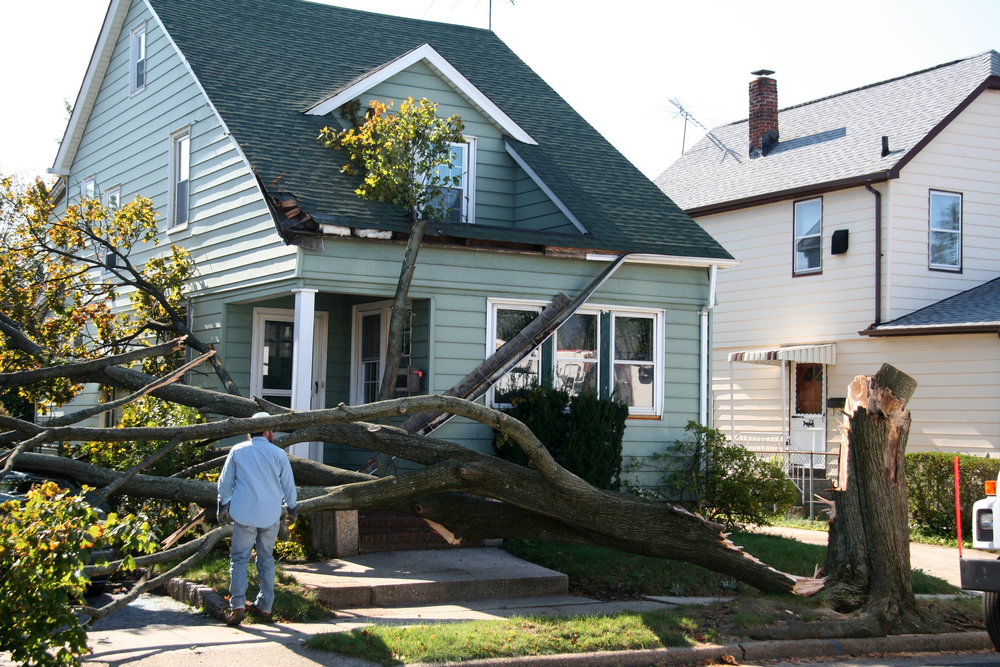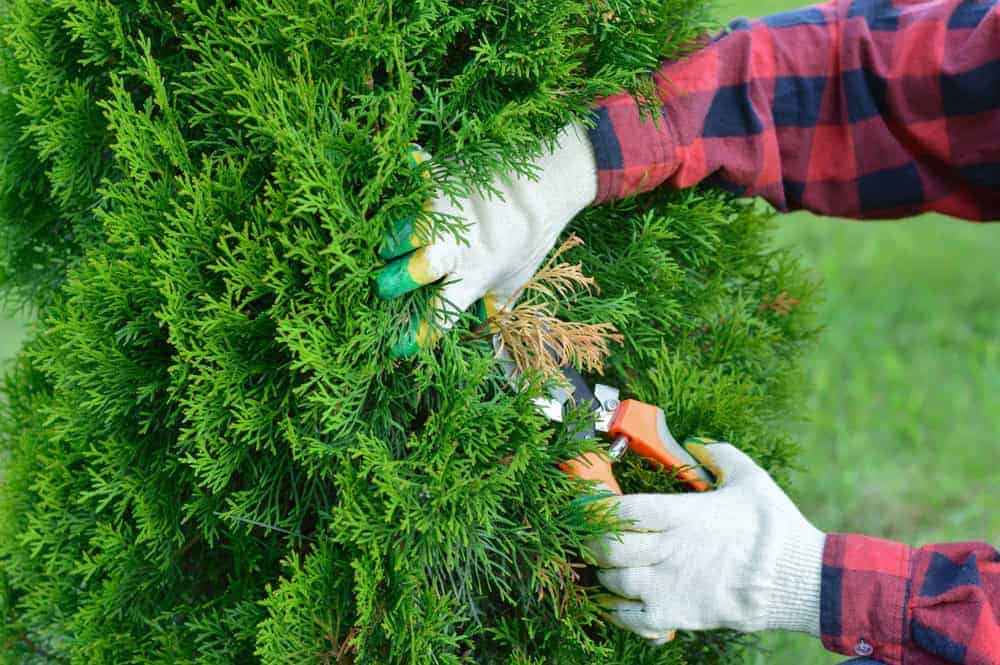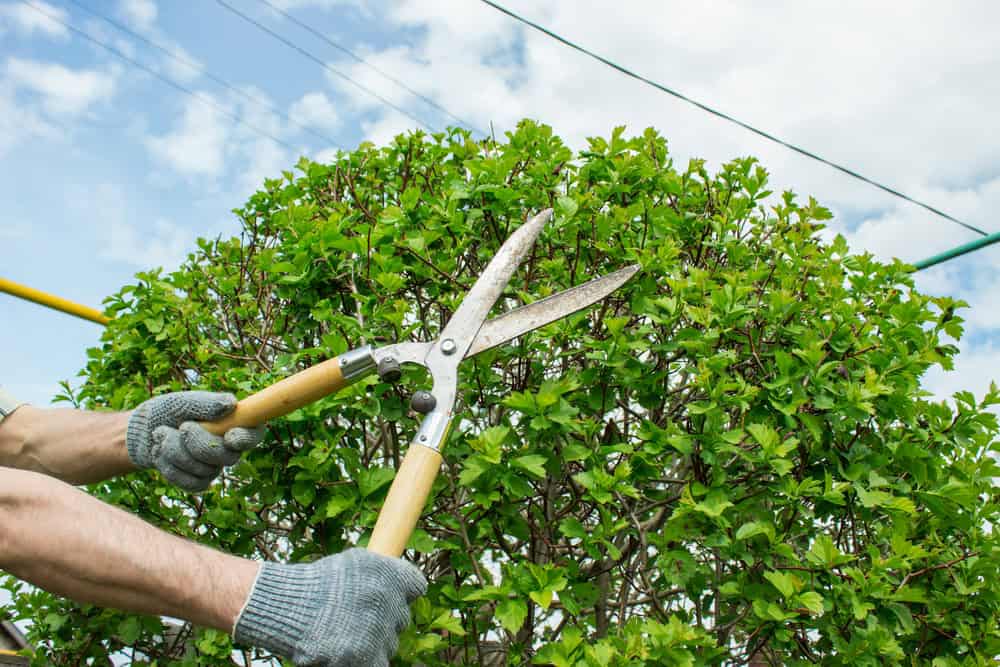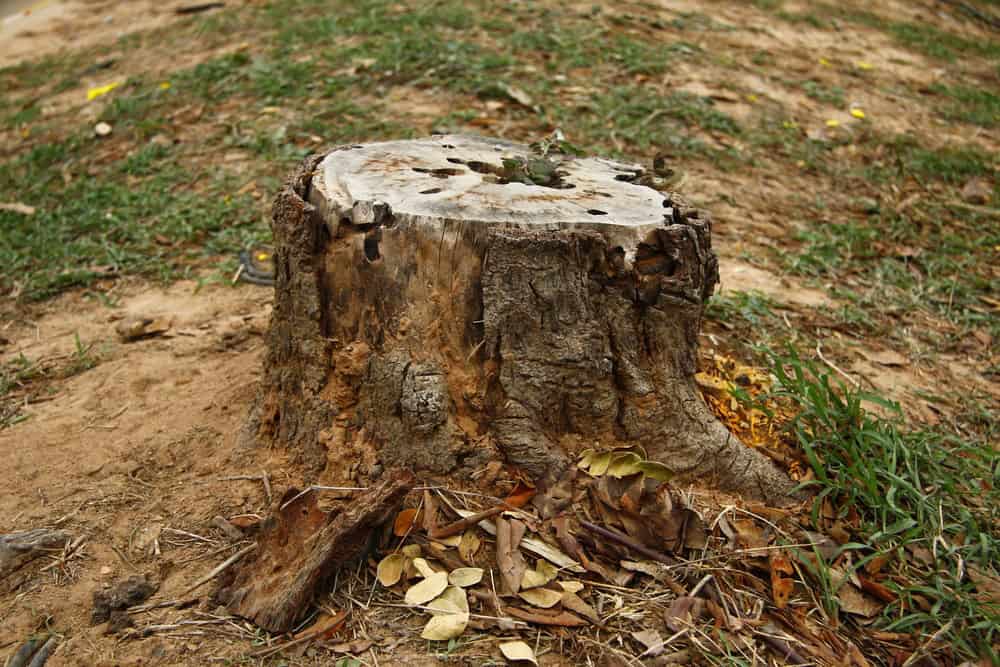A Comprehensive Guide to Securing Your Insurance Claim
Understanding Tree Damage Insurance in Suffolk County
In Suffolk County, NY, where storms can be as unpredictable as they are severe, understanding your insurance policy’s coverage for tree damage is crucial. Many homeowners are surprised to find out that their insurance policies have specific clauses regarding tree damage, which can significantly impact the claims process. It’s essential to know what your insurance covers before a storm hits, including the types of damage covered, any deductibles, and the process for filing a claim.
Assessing the Damage After a Storm
Once the storm has passed and it’s safe to do so, the first step is to assess the extent of the damage. Documenting the damage thoroughly is key to a successful insurance claim. Take detailed photographs of the affected area, including any damage to your property and the tree itself. If possible, mark the date and time of the storm, as this information can be helpful when filing your claim. Remember, safety comes first, so avoid any unstable structures or downed power lines.
Initiating the Insurance Claim Process
Contacting your insurance provider as soon as possible after assessing the damage is critical. Most insurance companies have a deadline for when claims can be filed following a storm. Provide them with all the necessary documentation and information regarding the incident. Be prepared to give a detailed account of the damage, including the cause (if known), the extent of the damage, and any immediate actions taken to prevent further loss. This initial contact will typically result in the insurance company sending an adjuster to evaluate the damage.

Working with Insurance Adjusters
When the insurance adjuster visits, it’s your opportunity to make your case. Show them all the documentation you’ve gathered. The adjuster’s job is to assess the damage and determine the claim’s validity based on your policy coverage. It’s important to be present during their evaluation to provide any necessary context and ensure all damage is accounted for. If you have concerns about the adjuster’s findings, you can discuss these with your insurance company or consider hiring an independent adjuster for a second opinion.
Understanding Denials and Disputes
Not all claims are straightforward, and denials or disputes can occur. If your claim is denied, or you disagree with the insurance company’s damage assessment, it’s important to know your rights. Review your insurance policy’s dispute resolution process, and consider seeking legal advice if necessary. Sometimes, a denial can be overturned by providing additional information or clarification regarding the damage or your coverage.
Preventative Measures for the Future
After navigating the claims process, taking preventative measures can help mitigate future risks. Consider consulting with a professional tree service like Miguel’s Tree Service to assess and manage the health of the trees on your property. Regular maintenance, such as pruning and health assessments, can significantly reduce the likelihood of storm-related damage. Additionally, reviewing and updating your insurance coverage to ensure it meets your needs can provide peace of mind when the next storm hits.




